Saturday, Downtown. early summer, 2007. Atomic Todd gallery is showing an exhibit of artist Liz Renay's work and artifacts — a celebration of her life, told in full camp and adoration. There's the wig Renay wore in a John Waters film, the paintings she made in prison, copies of her book, How to Attract Men, and even a decoupage door from her Las Vegas home.
Renay died in January of that year, and obituaries memorialized her life and relevance — as an actress, burlesque performer, writer and ex-con — a storied existence that plays out like pulp fiction. But the exhibit really brings it home. It's as magical and dreamy as her pastel-colored paintings.
Then something extraordinary happens: Dixie Evans and World Famous *BOB*, two heroes of burlesque, walk through the door and into the gallery. They want to pay respect to their old friend. Ties are strong in the burlesque community. It's a deep sisterhood. Evans broke into the industry in the 1940s and became the Marilyn Monroe of burlesque in the '50s; *BOB* is a vivacious and theatrical contemporary dancer, carrying on the traditions of the women before her in New York clubs.
There are tears, quiet conversation, laughter and stories. Evans, who has kept the Burlesque Hall of Fame museum together for years, talks about Renay and about American burlesque — equating the art form's historical and cultural relevance with jazz.
*BOB* admires Renay's work and belongings. I admire *BOB*. She poses for me in her daisy-yellow sleeveless top with matching shoes. They leave, and I am left feeling enamored of their creative lives and their role in such a colorful history.
When I learn recently that the Burlesque Hall of Fame Museum is opening up in a space in the Emergency Arts building on Sixth and Fremont streets in May, I know it's no small thing.
All that information — all the artifacts, diaries, outfits and promotional materials donated by performers — was hidden away, locked in a Downtown building after the collection moved here in 2006 from its ranch location in Helendale, California. The depth and breadth of the ephemera is a valuable snapshot of Americana, pieced together mostly by former dancers from another era.
The "Strippers' Smithsonian," some call it. There are thousands of artifacts, elaborate costumes, photographs, playbills, telegrams, contracts and stacks of promotional material of historical importance.
"The scrapbooks alone are insane time capsules," says Hall of Fame representative Laura Herbert. "The personal journals are unpublished memoirs. These women kept diaries while on the road in the '30s, '40s and' 50s." Through parody, variety striptease acts, music, novelty and costumes, they mirrored American culture, often while shunned by it.
Herbert says moving to a location that is open to the public will do more than share the stories: "There are so many retired performers in Las Vegas who are closeted," she says. "It's important for us to let them know that their history matters."
Jo Weldon, head mistress of the New York School of Burlesque, and Indigo Blue from Miss Indigo Blue's Academy of Burlesque in Seattle, are directors in charge of the museum's education program. They're creating a library for research and developing a curriculum for those who want to teach authentic burlesque. Weldon, whose book, The Burlesque Handbook, is set to be published in June, says some researchers specialize in specific areas of burlesque — including costumes, theater or music, specifically sheet music arranged for dancers and notated in collaboration with dancers based on their acts.
The museum is in the process of digitizing the archives — and looking toward the day when it can move into a larger, permanent space — but Herbert says this location, a former medical building used as gallery space, boutiques and artist studios, is perfect for now.
The effort alone is stirring conversation. At a recent party, I heard a young woman involved in the project reiterating Evans' words about the American art form of burlesque in its historical context. She was jazzed to have met the woman, as was I that day in 2007. So much so that when Evans and *BOB* walked out of the gallery, I stepped outside to snap a photo of them walking away.
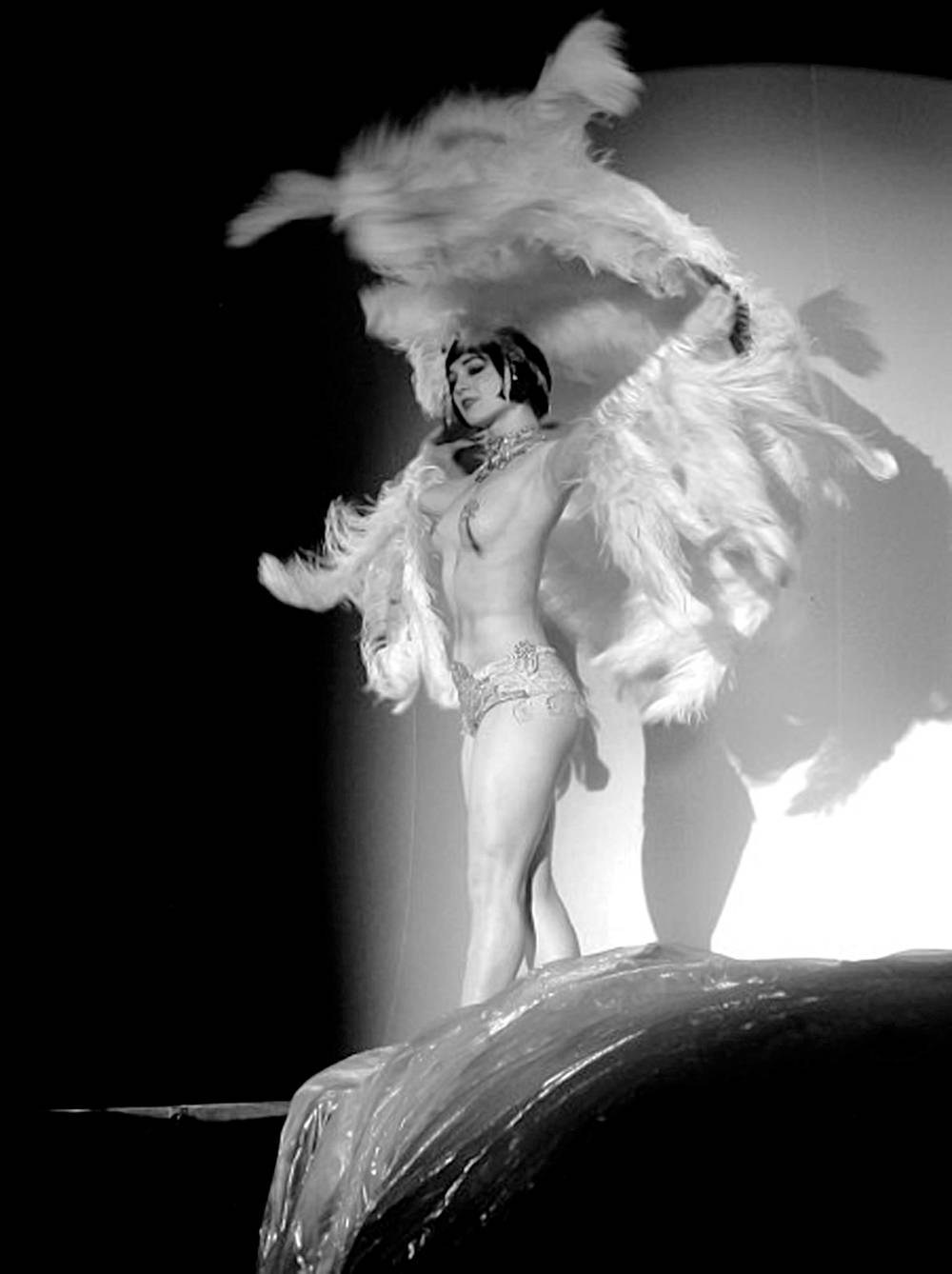
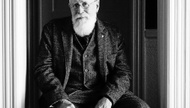
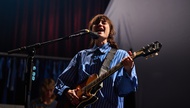


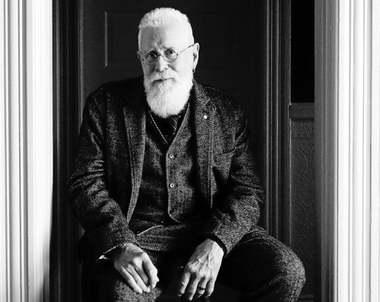
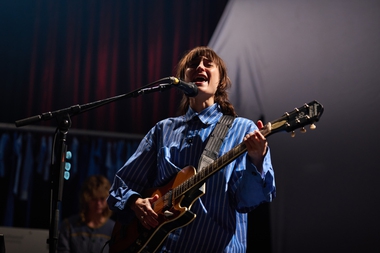
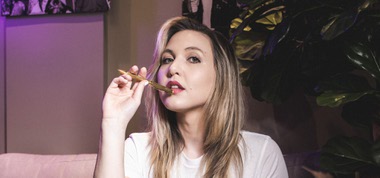
Previous Discussion: